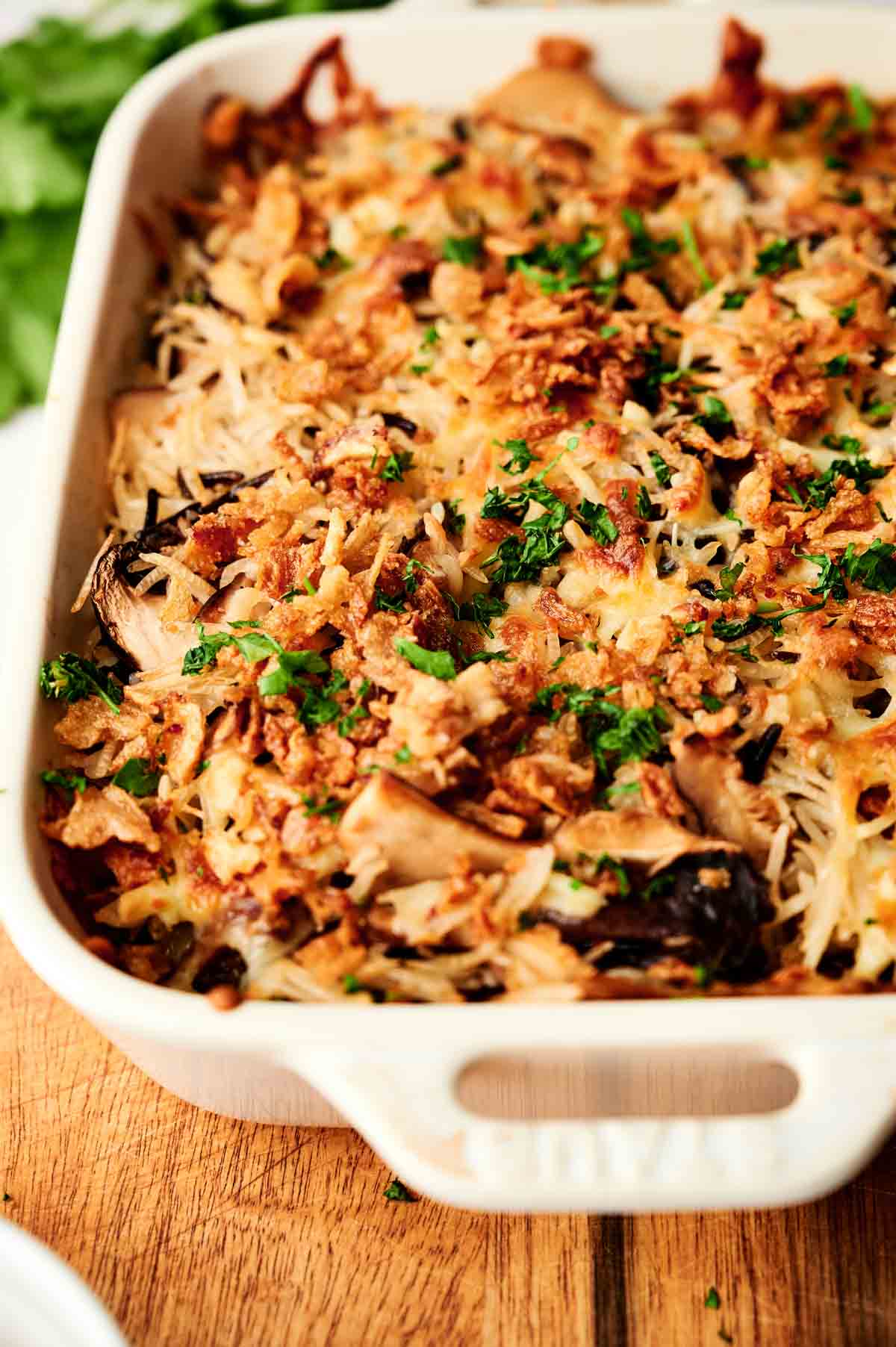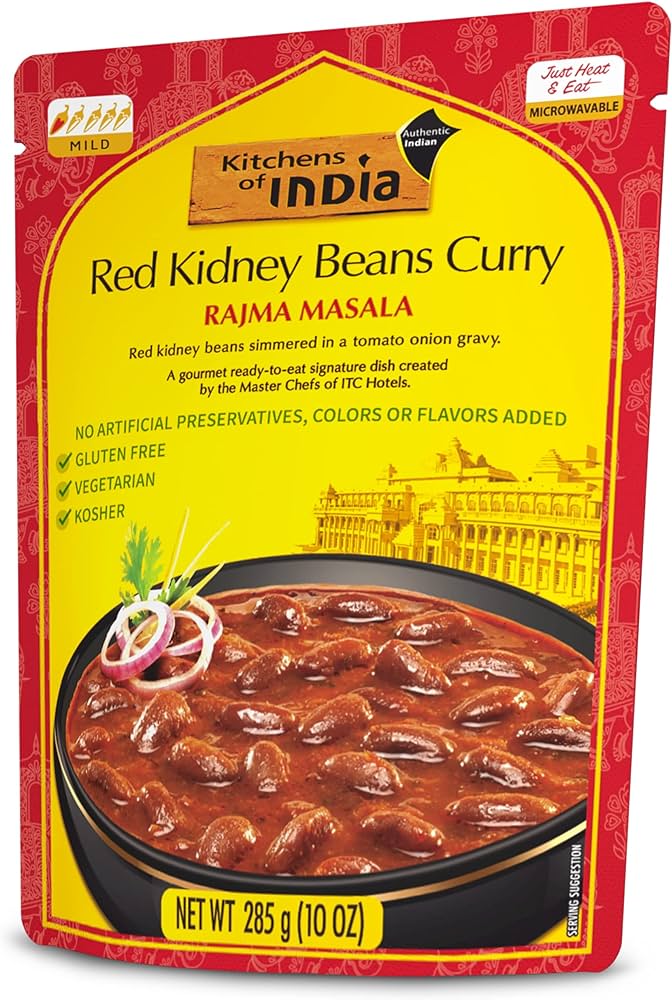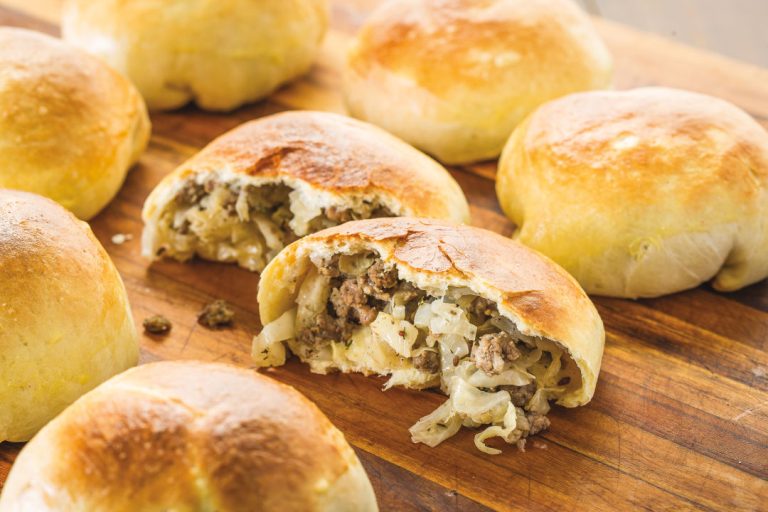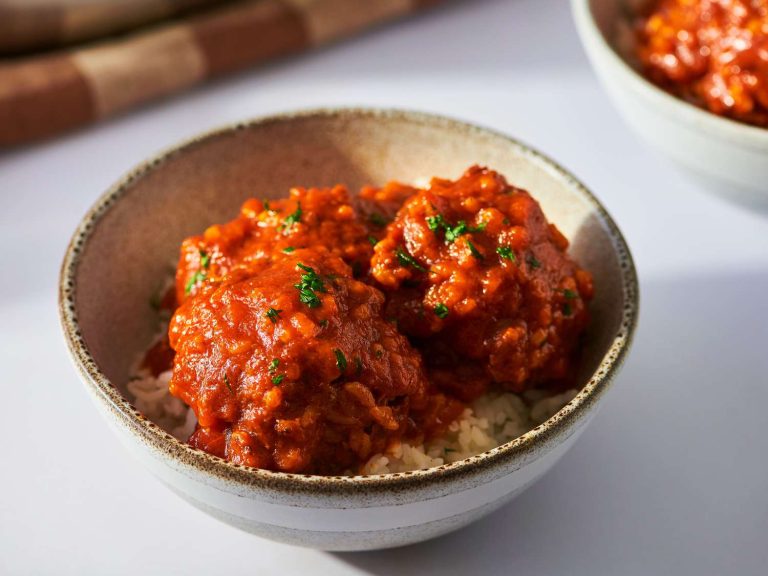Wild Rice Casserole Recipes, Origins, and Pairing Ideas
Wild rice casserole has roots in Native American cuisine, primarily in regions like Minnesota and Canada where wild rice thrives. Indigenous tribes like the Ojibwe have historically harvested and used wild rice in myriad dishes, giving it a place of cultural significance. Over generations, the dish has evolved, blending these traditional elements with modern cooking techniques. Casseroles, which became popular in American kitchens during the mid-20th century, adopted wild rice for its unique texture and nutritional benefits. It’s a dish that epitomizes comfort and tradition, making it a favorite for family gatherings and festive occasions.
Key Ingredients
Wild rice casserole relies on a few essential ingredients to deliver its distinctive taste and texture. Each element enhances the overall flavor profile and nutritional value. Here are the key components:
- Wild Rice: The base ingredient, known for its nutty flavor and chewy texture, distinguishes this casserole from others.
- Vegetables: Common choices like mushrooms, onions, and celery add depth and a variety of textures.
- Proteins: Options like chicken, turkey, or sausage provide a hearty element; vegetarians may use beans or tofu.
- Broth: Chicken or vegetable broth rehydrates the rice and infuses the dish with savory flavors.
- Seasonings: Herbs like thyme, parsley, and bay leaves enhance the dish; salt and pepper are fundamental.
These ingredients create a wholesome, versatile, and flavorful dish that can be tailored to various dietary preferences and occasions.
Health Benefits of Wild Rice in Casseroles
Nutritional Breakdown
Wild rice offers a rich nutritional profile that adds significant value to casseroles. A 1-cup serving of cooked wild rice contains approximately 166 calories, 6.5 grams of protein, and 3 grams of fiber. It’s an excellent source of essential minerals, providing magnesium, phosphorus, zinc, and manganese. Wild rice also delivers significant amounts of vitamins B6 and folate, contributing to a balanced diet.
Diet-Friendly Features
Wild rice in casseroles supports various dietary needs due to its low-fat content and gluten-free nature. It suits vegetarian and vegan diets when paired with other plant-based ingredients like mushrooms, bell peppers, and tofu. Being a whole grain, wild rice promotes digestive health and offers a lower glycemic index compared to white rice, making it diabetic-friendly. Its high protein content aids muscle recovery and maintenance, benefiting both fitness enthusiasts and those seeking to increase their protein intake.
Cooking Wild Rice for Casseroles
Preparation Tips
Rinse wild rice thoroughly under cold water to remove any debris or excess starch. Use a fine mesh strainer for this process. On average, cook 1 cup of wild rice with 3 cups of water or broth. Bring the mixture to a boil, then reduce heat and let it simmer for about 45-60 minutes, covering the pot to retain moisture. Check the rice at the 45-minute mark; it should be chewy but tender. Drain any excess liquid. Let the cooked rice cool slightly before adding it to your casserole mix to absorb additional flavors.
Common Mistakes to Avoid
Avoid undercooking wild rice, as it can result in an unpleasantly crunchy texture. Overcooking, however, would make it mushy and compromise the dish’s overall texture. Always keep an eye on the cooking time. Neglecting to rinse wild rice can leave a starchy residue, affecting the casserole’s consistency. Using too little liquid may not cook the rice evenly; ensure you stick to the recommended water-to-rice ratio. If you’re adding additional ingredients (e.g., vegetables, proteins), consider their cooking times to ensure all elements are cooked properly.
Ensure wild rice is cooked before incorporating into the casserole to avoid uneven texture.
Best Recipes for Wild Rice Casserole
Classic Wild Rice Casserole
A classic wild rice casserole combines wild rice with a variety of hearty ingredients. This timeless recipe typically includes vegetables, a protein source like chicken or turkey, and a creamy sauce. Begin by cooking the wild rice according to package instructions. In a large mixing bowl, combine cooked rice with sautéed onions, celery, carrots, and diced chicken or turkey. Mix in a can of cream of mushroom soup or a homemade sauce made from broth and flour. Add seasonings like thyme, salt, and pepper for extra flavor. Transfer the mixture to a baking dish, top with grated cheese, and bake at 350°F for 30 minutes or until bubbly and golden brown.
Vegan and Gluten-Free Options
For a vegan and gluten-free wild rice casserole, substitute animal products with plant-based alternatives. Start by cooking the wild rice with vegetable broth for added flavor. Sauté mushrooms, bell peppers, spinach, and onions until tender. In a separate bowl, mix cooked wild rice, sautéed vegetables, and a creamy vegan sauce made from cashews or coconut milk. Incorporate gluten-free breadcrumbs or crushed nuts for a crunchy topping. Season with garlic, nutritional yeast, and herbs like rosemary and parsley. Transfer to a baking dish, sprinkle the topping, and bake at 350°F for 25-30 minutes until golden and crispy.
Mediterranean-Inspired Wild Rice Casserole
A Mediterranean twist adds unique flavors to your wild rice casserole. Cook wild rice with a mix of vegetable broth and lemon juice for a zesty taste. Sauté zucchini, red onions, cherry tomatoes, and artichoke hearts in olive oil. In a large bowl, mix the cooked wild rice, vegetables, and crumbled feta cheese. Add chopped olives, capers, and fresh herbs like oregano and basil. For a vegan version, replace feta with a vegan cheese alternative. Transfer to a baking dish, sprinkle with pine nuts, and bake at 350°F for 25 minutes.
Protein-Rich Wild Rice Casserole
A protein-rich wild rice casserole is ideal for those needing a nutrient-dense meal. Cook wild rice with chicken or beef broth. Sauté lean ground turkey or tofu with garlic, onions, and bell peppers. Mix the cooked rice with the sautéed protein, black beans, and corn. Add a tomato sauce infused with cumin, chili powder, and paprika for a bit of heat. Top with shredded cheese or a dairy-free alternative. Bake at 375°F for 30 minutes until the top is browned and crisp.
Pairing and Serving Suggestions
Ideal Side Dishes
Complement the flavors of wild rice casserole with side dishes that enhance its taste. Roasted vegetables, like Brussels sprouts, carrots, and sweet potatoes, offer a rich and savory balance. A light, crisp salad with a citrus vinaigrette can provide a refreshing contrast. For extra protein, consider adding a side of grilled chicken or fish. If you’re aiming for a traditional route, cornbread or a multigrain bread can be excellent choices. Round out the meal with a fresh fruit platter for a sweet finish.
Recommended Wines and Beverages
Pairing the right wine or beverage enhances the wild rice casserole experience. For a white wine option, Chardonnay’s oaky flavors and Pinot Grigio’s light acidity work well. If red wine is preferred, Pinot Noir or Merlot, known for their smooth and moderately intense profiles, complement the dish beautifully. Non-alcoholic choices like sparkling water with a slice of lemon or a light herbal tea can also be refreshing. For a warming option during colder months, consider serving hot apple cider or a mild mulled wine.
Conclusion
Wild rice casserole isn’t just a dish; it’s a celebration of rich cultural heritage and nutritious eating. By incorporating this versatile casserole into your meal plans, you’re embracing both tradition and health. Whether you’re experimenting with unique recipes or sticking to classic preparations, there’s a version of wild rice casserole that suits every palate. Pair it with complementary sides and beverages to elevate your dining experience. Enjoy the journey of flavors and history that each bite of wild rice casserole brings to your table.






